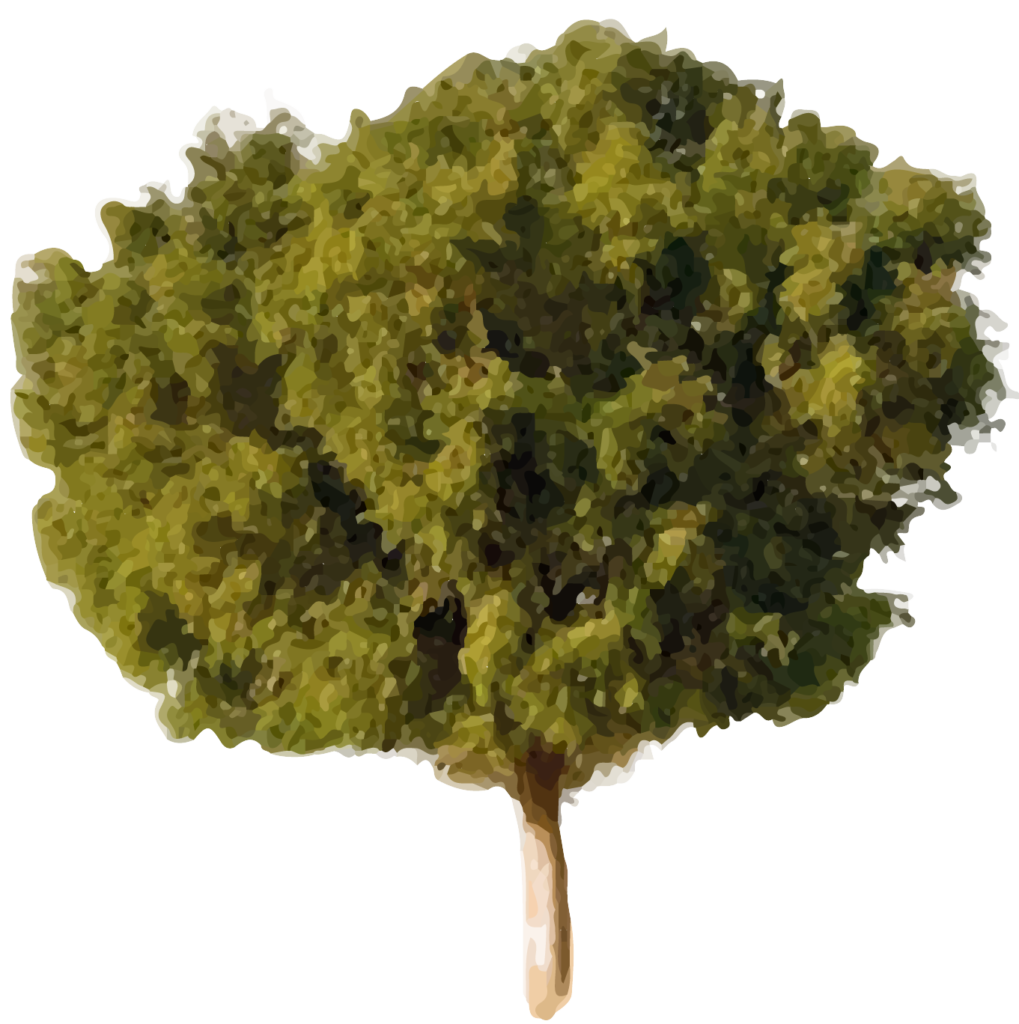Rajasthan - Khejri tree

Common Name: Khejri
Local Name: Khejri, (in Hindi)
Scientific Name: Prosopis cineraria
Description: The Khejri tree is a medium-sized, drought-resistant, deciduous tree native to Rajasthan and other arid regions of India. It typically grows up to 8-10 meters tall and has a spreading canopy with small, grayish-green leaves that are bipinnate (divided into two leaflets). The tree produces small, yellowish flowers that bloom in clusters during the spring season. The fruits are pods that are flat, oblong, and contain small seeds. Khejri trees are well-adapted to arid and semi-arid environments, making them resilient to harsh climatic conditions.
Economic Importance:
Fodder: The leaves, pods, and tender shoots of the Khejri tree are a valuable source of fodder for livestock, especially during drought periods when other vegetation is scarce.
Fuel: The wood of the Khejri tree is used as firewood and for making charcoal. It burns slowly and produces good quality charcoal.
Medicinal Uses: Various parts of the Khejri tree, including the bark and gum, have medicinal properties and are used in traditional Ayurvedic medicine for treating ailments such as diarrhea, dysentery, and inflammation.
Ecological Importance: Khejri trees play a crucial role in maintaining soil fertility and preventing desertification in Rajasthan’s arid regions. They help in improving soil structure and fertility through nitrogen fixation.
Cultural Significance: The Khejri tree is culturally significant in Rajasthan and holds symbolic value in local traditions and folklore. It is considered a sacred tree by many communities.
